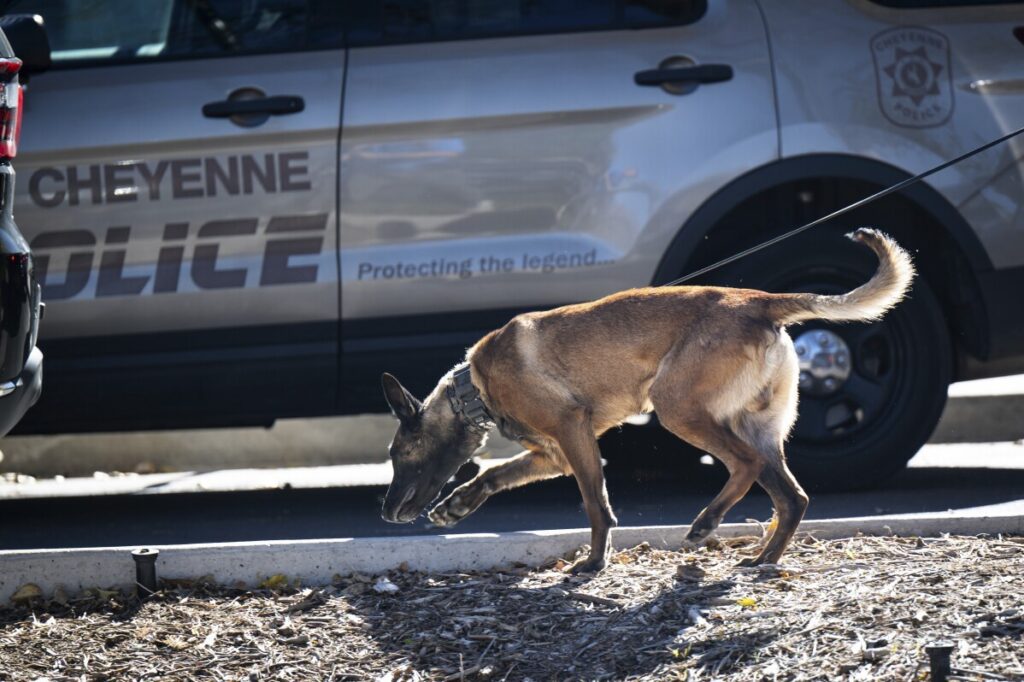Wyoming Capitol Bombing Investigation Reveals Gaps in Security Amid Rising National Tensions
A homemade bomb left at Wyoming’s state Capitol exposes dangerous security lapses during a period of national unrest, raising urgent questions about protecting American institutions.

The recent discovery of a homemade explosive device at the Wyoming State Capitol is more than an isolated incident—it is a stark reminder that even America’s quietest corners are not immune to political violence and security failures. Investigators have focused on identifying two men caught on security footage leaving the crude bomb, which forced a full-day evacuation of the Capitol building.
How Secure Are Our State Capitols When Threats Loom?
The device, described by Wyoming investigators as a “deconstructed live firework munition” with no remote triggering mechanism, was placed ominously atop the Great Seal of Wyoming between 4 a.m. and 8 a.m. The fact that the bomb was not locked away or hidden speaks volumes about how vulnerable critical government sites remain—even in states like Wyoming, known for their low population and traditional trust in people.
This event should prompt serious scrutiny of our nation’s approach to protecting its core institutions. How can we claim to uphold national sovereignty and safety when a deadly device can be left unnoticed for hours at ground zero of state power? While Washington debates grand strategies abroad, threats against our homeland continue to grow—often fueled by unchecked political agitation nationwide.
Political Discord Breeds Dangerous Acts Across America
The timing could not be more concerning. In an era marked by polarization and unrest—from “No Kings” anti-Trump rallies sweeping cities to violent attacks on conservative figures—this bombing attempt is part of a disturbing pattern targeting symbols of American governance. Several states nearby report similar tensions resulting in violence or threats.
Yet, despite these risks, Wyoming’s Capitol remains largely unsecured; no visible police presence greeted visitors just one day after the evacuation, highlighting an alarming disconnect between the reality of threats and official preparedness. This laissez-faire attitude undermines our nation’s core principles: preserving freedom means securing liberty from violent disruption.
For patriotic Americans committed to common-sense conservatism and preserving national sovereignty, this incident raises crucial questions: How long will elected officials allow such vulnerabilities? When will we prioritize protecting those who serve us from domestic terror inspired by reckless political rhetoric?
As investigators pursue leads on the suspects caught on camera, citizens must demand accountability for security policies that fall short. The safety of all Americans depends not only on vigilant law enforcement but also on leaders who refuse to let ideological battles erode our peace at home.
